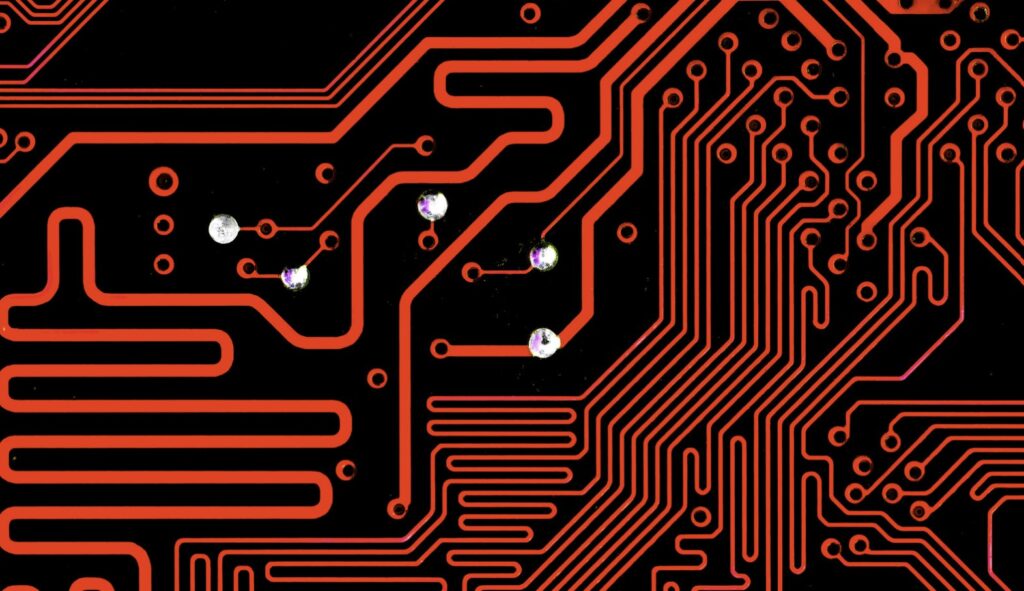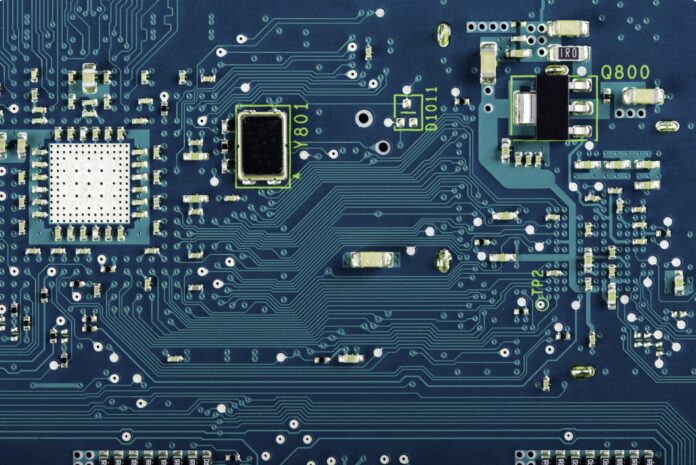In today’s fast-paced technological landscape, the design of PCBs is pivotal in achieving the desired performance, efficiency, and reliability of electronic devices. An essential element of PCB design is the effective management of power distribution and signal integrity, which can be significantly enhanced by incorporating Power Planes. These specialized layers of copper not only facilitate efficient power delivery to various components but also help mitigate issues like electromagnetic interference and voltage fluctuations. This article explores the vital function of power planes in PCBs, highlighting their design considerations, advantages, and the significant influence they have on the performance of modern electronic systems.
Understanding Power Planes
Power planes are large copper areas within a PCB dedicated to distributing power. Unlike traditional traces which can create voltage drops due to resistance, power planes help maintain a constant voltage level across the board. By providing a low-impedance path for power distribution, they enhance both power delivery and signal integrity, making them vital for high-performance electronic designs.
The Structure and Function of Power Planes
Power planes generally consist of one or more layers of copper, usually sandwiched between signal layers. These planes can be used to supply various voltage levels needed by different components on the board. A typical multi-layer PCB may have dedicated power planes for different voltage domains (e.g., 5V, 3.3V, 1.8V), ensuring that components receive the appropriate voltage while minimizing interference.
The configuration of power planes can also play a significant role in thermal management. By distributing heat more evenly across the surface of the PCB, power planes help prevent hotspots, which can damage sensitive electronic components.
Enhancing Power Delivery with Power Planes
Power planes offer several key benefits in enhancing power delivery within PCBs, greatly contributing to the overall functionality and efficiency of electronic systems:
Low Impedance Paths:
Power planes offer a low-resistance pathway for current flow, drastically reducing voltage drops across the board. This is particularly important in high-current applications, ensuring that components receive stable voltage levels even under varying load conditions.
Improved Voltage Stability:
By maintaining a consistent voltage across different parts of the PCB, power planes help prevent fluctuations that can lead to unpredictable behavior in sensitive components. This is especially crucial in high-speed digital circuits where minor voltage variations can result in errors.
Enhanced Current Handling Capability:
The larger surface area of power planes can handle more current than traditional traces, reducing the risk of overheating and improving overall system reliability. Designers can optimize plane thickness based on current requirements to ensure adequate performance.
Reduced Electromagnetic Interference (EMI):
Power planes can act as shields for adjacent signal traces, helping to minimize EMI. This feature is essential for maintaining signal integrity in high-frequency applications, where noise can significantly affect performance.
Efficient Thermal Management:
Power planes distribute heat generated by active components over a larger area, preventing localized hotspots and enhancing thermal performance. This contributes to the longevity and reliability of the electronic devices.
Effective Decoupling:
Power planes facilitate the placement of decoupling capacitors, which stabilize power delivery by quickly supplying current where needed. This helps mitigate transient voltage spikes and ensures stable operation.
Improved Signal Integrity:
By providing a solid ground reference and minimizing the length of return paths, power planes enhance signal integrity, reducing issues like crosstalk and ground bounce in high-speed communication lines.
Simplified PCB Layout:
Utilizing power planes can simplify the layout process, as designers can allocate large areas for power distribution rather than routing numerous traces, which helps in keeping the PCB design clean and manageable.
Support for Multiple Voltage Levels:
Power planes can be designed to support multiple voltage levels within a PCB layout, allowing for greater flexibility in powering various components that require different operating voltages.

Design Considerations in Implementing Power Planes
While power planes offer numerous benefits, their implementation requires careful consideration of various factors:
Layer Stack-Up
The stack-up of layers in a PCB is critical for optimizing the performance of power planes. Designers must carefully arrange the layers to balance the need for signal integrity, power distribution, and thermal management. For instance, keeping power planes close to both the components and signal layers improves both power delivery and EMI performance.
Decoupling Capacitors
The placement of decoupling capacitors is another important aspect when using power planes. These capacitors help stabilize the voltage supplied to active components and can quickly supply current when needed. Properly placing decoupling capacitors close to the power pins of ICs can effectively reduce voltage fluctuations, thereby enhancing performance.
Return Path Considerations
Understanding and managing return paths is vital in PCB design, especially with high-speed signals. The return current for a signal travel back through the closest available path, often through the ground plane. If this path runs through a high-impedance area, such as thin traces or gaps in the ground plane, it can lead to noise and signal integrity issues. Therefore, ensuring a solid return path through well-designed power and ground planes is essential.
Thermal Management with Power Planes
Heat Distribution
In high-power applications, components can generate significant heat. Power planes help in dissipating this heat by spreading it across a larger area, preventing localized hotspots which could lead to failure. This characteristic is particularly useful for high-current applications where thermal management is critical.
Via and Thermal Relief
The use of PCB vias to connect power planes with heat-sensitive components allows for effective thermal relief. When designed correctly, vias can guide heat away from sensitive components towards the power planes, which can dissipate the heat more effectively.
Conclusion
Power planes are a critical aspect of PCB design that significantly enhance power delivery and signal integrity. By providing low-impedance paths, improving shielding, and facilitating good return paths and thermal management, power planes play a crucial role in modern circuit design.
The successful implementation of power planes requires a comprehensive understanding of PCB design principles, including layer stack-up, decoupling strategies, and thermal management. As electronic devices become more complex and demanding, incorporating effective power plane strategies will continue to be essential for ensuring the reliability and performance of PCBs.
Through careful consideration and design, engineers can create PCBs that not only meet the technical specifications of their applications but also exceed the performance expectations of modern electronics, paving the way for innovations that continue to shape the future of technology.
